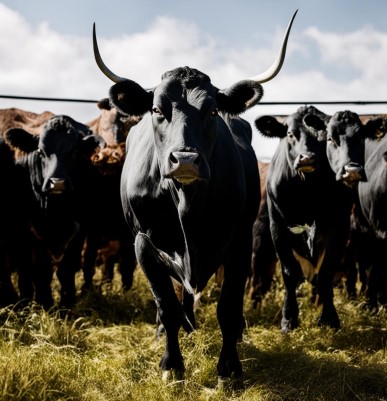Global demand for Australian beef is growing
MLA analyst Tim Jackson said overseas supply dynamics were having a profound impact on the Australian beef industry. “In 2023, Australia exported more than 70% of its beef production. Despite being a small part of global production, Australia is a major player in EXPORT markets,” Mr Jackson said. “In 2024 , the United States will become the largest market for Australian beef. A long-term decline in US inventories has led to a drop in American production. This has increased demand for Australian beef in the United States itself, as well as in Japan and SOUTH KOREA, where the US competes with Australia for a share of imports.”
Mr Jackson says the outlook for Australian exports is good according to the report.
“Coupled with the decline in US production, cattle attrition in South America has been very high as drought persists in key cattle production regions. As conditions return to normal, production is likely to decline, further reducing global beef supplies,” Mr Jackson said.
“Despite low consumer confidence, unemployment remains low in most developed countries and inflation is falling in most of our export markets. At the same time, the weak Australian DOLLAR has made Australian beef more competitive in the global market.”
The key for the rest of the year is China's economic performance .
CHINA is the world's largest beef importer and second-largest economy. Since mid-2022, there has been a slowdown in key economic indicators, as well as below-trend consumer sentiment.
Read together with it:
- Изменения в экспортном совете Воронежской области: новые участники и исключенияИз совета исключены несколько фигур, включая бывшего министра предпринимательства Геннадия Швыркова, обвиняемого в мошенничестве. «Агроэко» впервые экспортировала свою продукцию в 2020 году и в 2023 году отправила 15 тыс. тонн свинины, удвоив объем до 30 тыс. тонн в 2024 году. Компания «ЭкоНива» экспортировала в 2......
- Цены на колбасные изделия поднимутся на 5-10% к Новому годуОсновные причины повышения цен включают рост затрат на сырье, увеличение тарифов, подорожание логистики и упаковочных материалов. В 2025 году наблюдалась высокая волатильность на рынке: цены на свинину выросли на 12-15%, говядину — на 10-14%, а мясо птицы — на 8%. Это приводит к значительному увеличению себестоимости, особенно в премиальном сегменте, где используются дорогие ингредиенты. Производи...
- Уругвай намерен возобновить экспорт мяса в МексикуОб этом глава министерства заявил в интервью агентству EFE после поездки в страну, на которую в 2024 году пришлось 3% экспорта уругвайских товаров, где он провел встречи с представителями различных органов власти в Мехико, Агуаскальентесе и Керетаро. Фратти объясняет, что «никогда не было очень значительной торговли» уругвайским мясом с Мексикой, но напоминает, что в последние годы проводились нек...
- ФАО: мировые цены на продовольствие снижаются второй месяц подрядДжим Вайкофф Среднее значение Индекса цен на продовольствие ФАО в октябре составило 126,4 пункта, снизившись с пересмотренного значения в 128,5 пункта в сентябре, что представляет собой небольшое снижение в годовом исчислении и на 21,1% ниже пикового значения в марте 2022 года. Лидером снижения стал сахар: его субиндекс упал на 5,3% до самого низкого уровня с декабря 2......































































